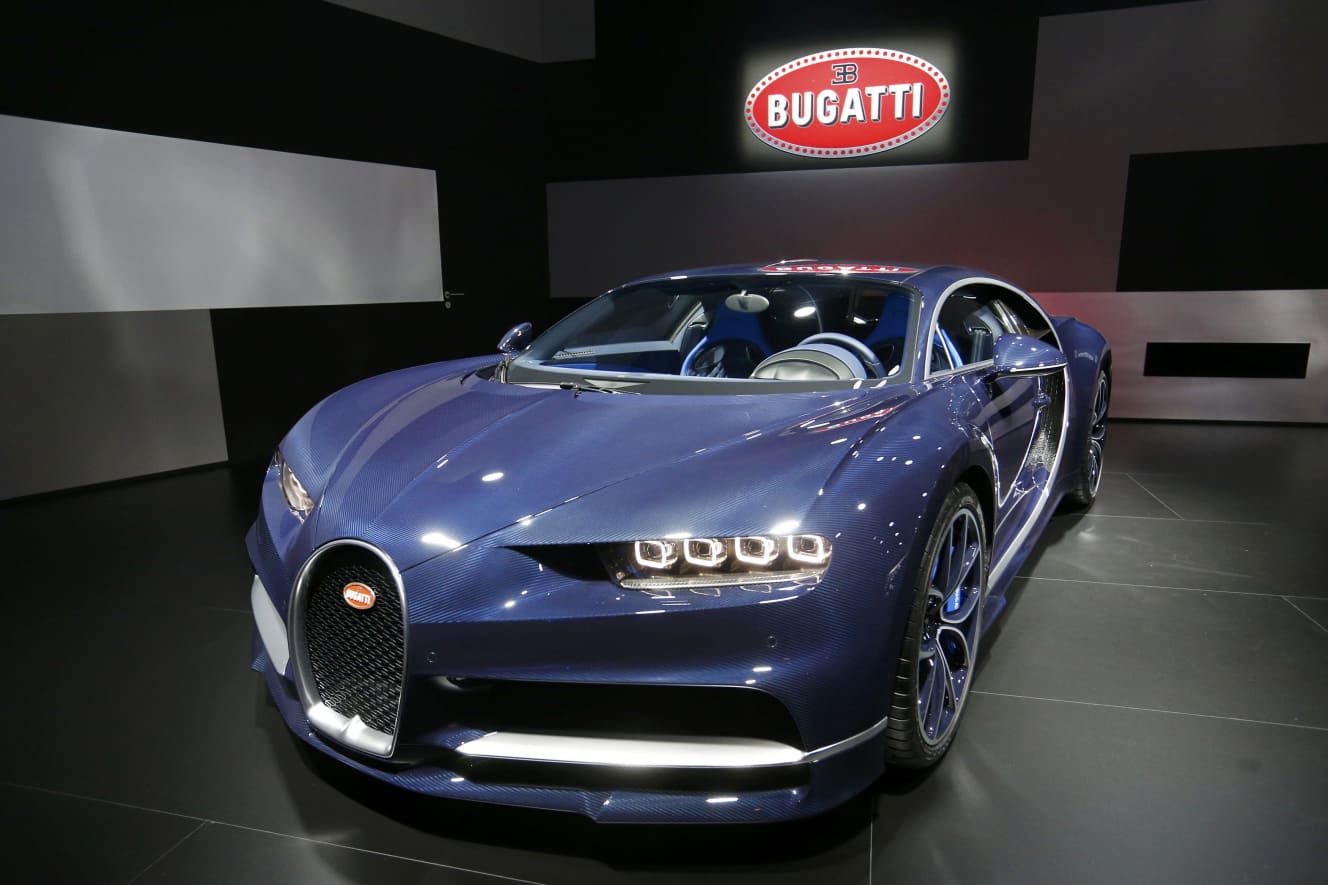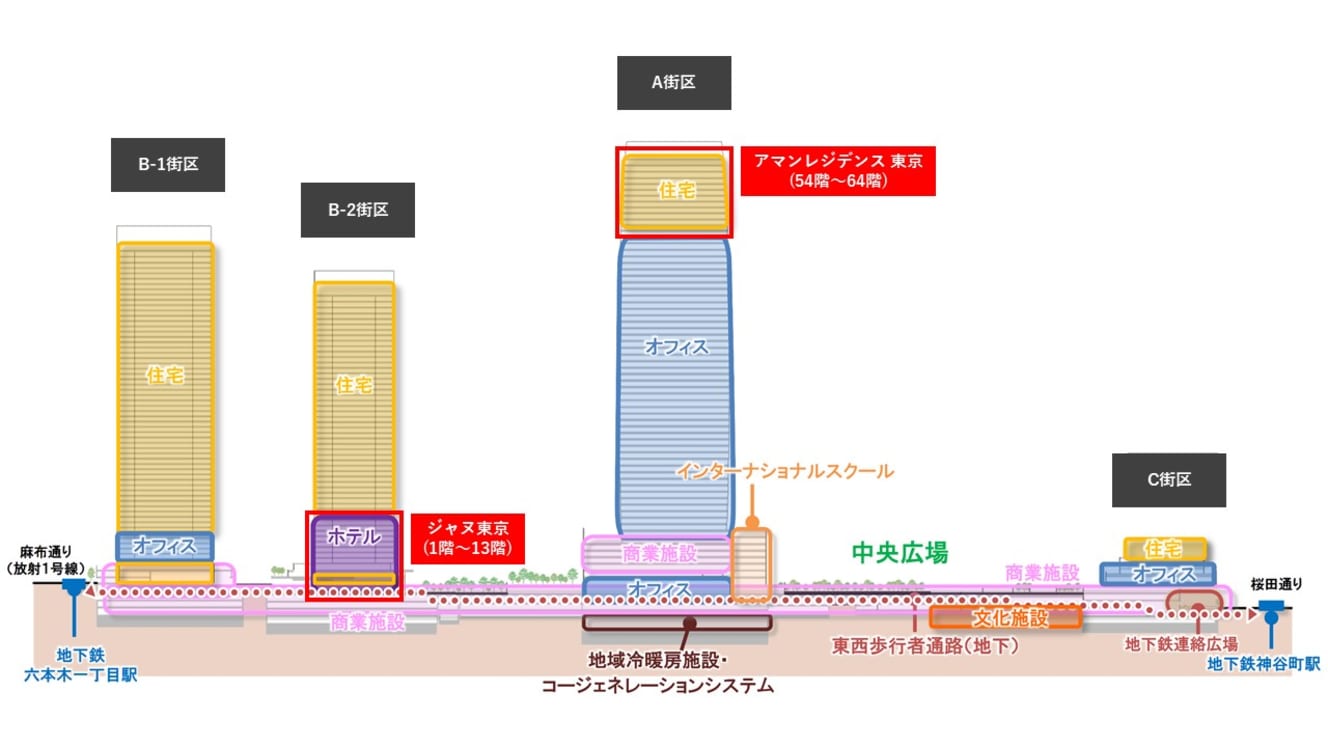The growing number of wealthy people in Japan who “don’t have to work”… Why Ferrari and Lamborghini are selling like hotcakes right now
Many luxury foreign cars often seen in the city center …
The most commonly seen luxury foreign car in central Tokyo is the Mercedes-Benz G-Class Gerende. This super-luxury SUV, which is a favorite of many celebrities, costs more than 20 million yen if you add up the grades and options, and is in short supply at authorized dealers.
In addition to the Gelénde, we passed many Porsche Cayennes and Land Rover SUVs. Although the number is limited, you may also encounter a Maserati Levante, a Bentley Bentayga, and a Lamborghini Urus, and it is likely that you will eventually see Ferrari’s first SUV, the Prosangue, which was unveiled in Japan in November 2022.
Both Ferrari and Lamborghini are selling well.
According to the Japan Automobile Importers Association (JAIA), Ferrari sales were up 126.9% year-on-year to 1,379 units, Lamborghini sales were up 128.0% to 553 units, Maserati sales were up 120.0% to 1,105 units, and Porsche sales were up 102.1% to 6,319 units. Due in part to the introduction of SUVs, Rolls-Royce and Bentley are also selling more than last year as well.
In addition, the ultra-luxury foreign car Bugatti, which sold only 4 units in Japan last year, has already sold 4 units this year. The Bugatti Chiron, by the way, is priced at over 300 million yen at base price. It may sound like a story from another world, but at Bugatti Tokyo, an authorized dealer in Minami-Azabu, Tokyo, a limited edition Bugatti Chiron Sport, said to be priced at over 450 million yen, is currently sitting in the store.
In central Tokyo, along Gaien Nishi Dori, Aoyama Dori, Meguro Dori, and along Setagaya’s Kanpachi Ring Road, there are a number of luxury foreign car dealers that target the affluent residents of these areas. These dealers give preferential treatment to the wealthy who own several high-end foreign cars or who have been driving them for many years, and they give priority to supply the highest grade and limited special edition cars with limited supply.

Who Will Benefit Most from the “Money Surplus”?
The “global money glut” has also been a factor behind the strong sales of luxury foreign cars. The Corona Shock has prompted Japan, the U.S., and Europe to take the largest-ever monetary easing measures.
This has caused money to flow into the markets around the world, causing stock and real estate markets to soar, and the people who have benefited the most from this money glut have been the wealthy, both at home and abroad, who already have ample assets and funds to invest and spend.
Following the US and Europe, which have already tightened monetary policy by raising interest rates, the BOJ has finally “revised” its previous monetary easing policy in Japan (December 2022). However, considering the current economic situation in Japan, it is difficult to immediately make major changes in monetary policy, and it is likely that the existing money glut will continue for some time to come.
Amanresidence Tokyo and Mita Garden Hills
In central Tokyo, real estate properties in the multi-billion-yen class are appearing one after another in anticipation of these wealthy individuals. The Aman Residence Tokyo in Azabudai Hills and Mita Garden Hills, high-end hotel residences and condominiums, and Park Well State Nishiazabu, a high-end serviced residence for senior citizens by Mitsui Fudosan Residential, are symbolic of this trend.
In addition, the money from the stock market and real estate market has been flowing into luxury foreign cars such as Ferrari and Lamborghini, luxury watches such as Rolex Daytona and Patek Philippe, sneakers such as Nike, trading cards, fine wines, decorative items, digital art, etc., with the expectation that asset values will rise. They also flow into fine wines, decorative items, digital art, and so on.
These high-net-worth individuals will use their assets to leverage their wealth, make high-risk, high-return investments, and diversify across geographies, currencies, and commodities, thereby increasing their wealth. It is truly a world where investment begets investment.


A scene at the open terrace of “Roppongi Hills” on a weekday
It is true that on a weekday, when you walk around central Tokyo, you will see many ladies and gentlemen dressed up in their finest clothes and brand-name goods at department stores, commercial facilities, and restaurants. For example, at the “French Kitchen” dining room of the Grand Hyatt Tokyo in Roppongi Hills, one can see many ladies and gentlemen enjoying breakfast on the elegant open terrace or sipping wine while enjoying a lunch that lasts more than two hours. On the other side of Keyakizaka Dori, the terrace at the bakery-cafe “bricolage bread and co.” is always crowded from morning with ladies and gentlemen with their dogs.
Although a certain number of these people have existed for some time, it appears that in addition to retirees and pensioners, there is an increasing number of people who do not hold so-called regular jobs but are able to live on real estate income and financial asset management.
Specifically, they are able to live off inheritance funds, retirement and pension benefits, rental income from real estate, gains from the sale of stocks and dividends, gains from FX and virtual currency trading, advertising income from YouTube and other SNS, digital-related startups and the listing and sale of their shares, stock options, etc., and are able to earn huge amounts of wealth and live without working. The number of stock-rich and cash-rich people who can live without working is increasing.


The wealthiest people in Japan are 336 million people The number of wealthy people in Japan has reached 3.36 million.
The number of high-net-worth individuals (HNWIs) around the world, including Japan, has been increasing due in part to the rising value of their stock and real estate holdings, as well as gains from new investments.
According to Credit Suisse’s Global Wealth Report 2022, the number of high-net-worth individuals (number of adults with assets of $1 million or more) in Japan has reached 3,366,000 (in 2021). Furthermore, by 2026, the number is expected to reach 4.79 million, a whopping 42% increase from 2021.
The number of HNWIs is also increasing in the United States, the world’s largest HNW country, with 24.48 million in 2021, and will increase by 13% to reach 27.66 million in 2026.
The number of HNWIs worldwide reached 62.48 million at the end of 2021, mainly due to the growth of HNWIs in China, India, and Brazil, in addition to Japan and the U.S. The number will increase by 40% to 87.56 million in 2026, an increase of about 25 million over the next five years.

It will also create further social disparity.
With the COVID-19 crisis, keywords such as the 100-year life era, FIRE, early retirement, telework, telecommuting, workcation, metaverse, basic income, and work and balance are being realized, and the meaning and ideal of individual asset management and work are being questioned anew. The significance of individual asset management and the nature of work is being questioned once again.
The high level of confidence in central banks in Japan, the U.S., and Europe and their stable monetary policies have led to a continued increase in the number of wealthy individuals, which may be leading to a shift to a world of investment rather than consumption and, in part, to an era in which people do not have to work.
However, the increase in the wealthy and the arrival of the “workless” era will create a further disparity between the rich and the non-wealthy. The Kishida administration’s proposal for a “new capitalism” and the move to strengthen taxation targeting the wealthy are the flip side of the urgent need to correct the disparity.
Text: Katsuhide Takahashi
Financial consultant and president of Malibu Japan Inc. born in Gifu Prefecture in 1969. After working for Mitsubishi Bank, Citigroup Securities, and Citibank, he established the company in 2013. He has visited more than 60 countries around the world. He is an expert on resorts in Japan and abroad, including the Bahamas, Maldives, Palau, Malibu, Los Cabos, Dubai, Hawaii, Niseko, Kyoto, and Okinawa. He graduated from Keio University in 1993 with a bachelor's degree in economics and received a master's degree in economics from Aoyama Gakuin University in 2000. His numerous publications include "Bank Zero Era" (Asahi Shimbun Publications), "Why Niseko Only Became a World Resort" (Kodansha + Alpha Shinsho), and "Jibanka Natsuki" (The Extinction of Regional Banks) (Heibonsha).